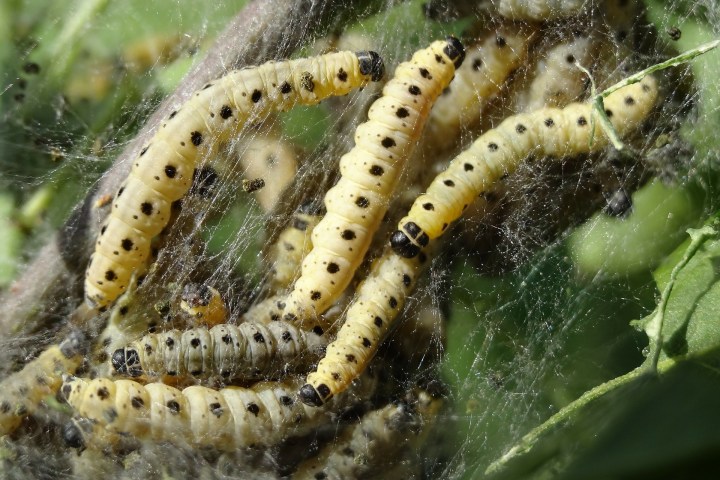
After raising just over $15 million in investment funding, Ynsect to expand its production capacity to produce 20,000 metric tons of insect protein each year. That’s a lot of bugs. Ynsect’s process starts by growing and farming mealworm larvae and turning it into a de-fatted protein meal to be used in animal feed and pet food. To supercharge this system, the company uses a mixture of robotics and artificial intelligence to grow the worms with the utmost efficiency.
Producing at a higher capacity means that Ynsect will be able to expand from selling its product primarily as feed to fish farms and into a larger animal market. And that has the potential to have a major impact on the agriculture industry.
“Few people today are aware of how the animals they eat have been fed,” Ynsect CEO Antoine Hubert said in a press release. “In fact, farmed animals mostly consume GM soya, grains, and sometimes poultry feather, as well as fish meal. It was the fish meal, in particular, which caught our attention.”
Fish meal is created from smaller fish, which are in danger of overfishing, Hubert said. “In turn, that’s causing severe depletion of ocean biodiversity, and leading to food safety concerns due to the high content of heavy metals which bio-accumulate within dwindling fish stocks.”
Ynsect’s insect protein is the company’s answer to that problem, given how sustainable the process in creating it is. The company uses all parts of the insect, creating very little waste. And after all, plenty of animals would already be eating insects in the wild.
With a total of $37 million in funding thus far — and certainly with more funding to come — Ynsect plans to expand eventually into human nutrition, nutraceuticals, and green chemistry. But don’t worry, that’ll come later. You don’t have to consume bugs just yet. For now, you can start by warming up to the idea of feeding bug-based, protein-rich food to your pets.


